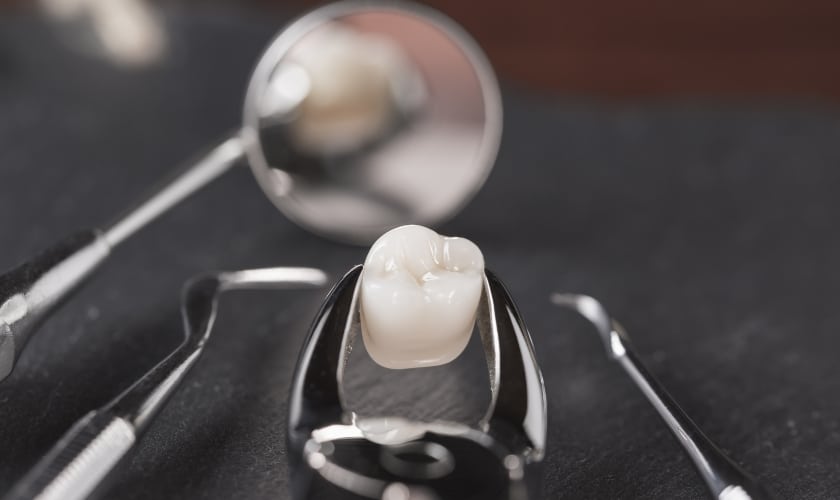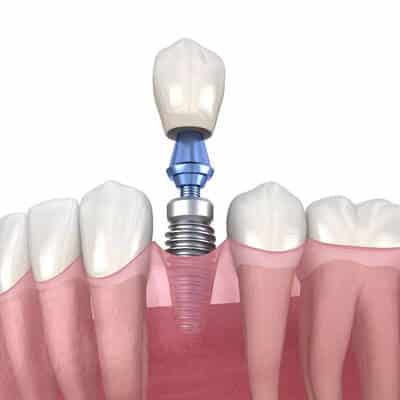
Root canal treatment, often simply referred to as a root canal, is a dental procedure designed to treat infection or damage within the tooth’s pulp, which contains nerves, blood vessels, and connective tissue. While root canals have a reputation for being associated with pain and discomfort, they are actually performed to relieve pain and save teeth from extraction. However, knowing when you might need a root canal can be crucial for maintaining oral health and preventing further complications. In this comprehensive guide, we’ll explore the top signs that indicate you might need a root canal.
- Persistent Tooth Pain:
One of the primary indicators that you may need a root canal is persistent tooth pain. This pain is often described as intense and throbbing, and it may worsen when you bite down or apply pressure to the affected tooth. The pain may also be accompanied by swelling or tenderness in the surrounding gums. If you experience persistent tooth pain that doesn’t subside with over-the-counter pain relievers or changes in oral hygiene habits, it could be a sign of infection or damage within the tooth’s pulp, necessitating a root canal.
- Sensitivity to Hot and Cold:
Another common sign that you may require a root canal is sensitivity to hot and cold temperatures. If you experience sharp or lingering pain when consuming hot or cold foods and beverages, it could indicate that the nerve and blood vessels within the tooth have been compromised. This sensitivity occurs because the damaged pulp is unable to insulate the tooth from extreme temperatures as effectively as healthy pulp would. While mild sensitivity to hot and cold is common and may not necessarily indicate a need for a root canal, persistent or severe sensitivity warrants evaluation by a dentist.
- Swollen or Tender Gums:
Inflammation of the gums around a specific tooth is another telltale sign that a root canal may be necessary. If you notice swelling, tenderness, or redness in the gums adjacent to a particular tooth, it could indicate an underlying infection or abscess. In some cases, a dental abscess may form at the tip of the tooth’s root, causing a visible or palpable swelling in the gum tissue. This swelling may be accompanied by drainage of pus, a foul taste in the mouth, or even fever. A dental abscess requires prompt treatment to prevent the infection from spreading and causing further damage to the tooth and surrounding tissues.
- Discoloration of the Tooth:
Changes in the color of a tooth can also signal the need for a root canal. If a tooth becomes significantly darker or develops a grayish hue compared to the surrounding teeth, it may indicate that the pulp inside the tooth has died or become necrotic. This discoloration occurs as the blood supply to the tooth is compromised, causing the tooth to lose its vitality. While tooth discoloration can be caused by various factors, such as trauma or staining from certain foods and beverages, persistent discoloration accompanied by other symptoms like pain or swelling should be evaluated by a dentist to determine if a root canal is necessary.
- Prolonged Sensitivity to Pressure:
In addition to sensitivity to hot and cold temperatures, prolonged sensitivity to pressure can also be a sign of underlying dental issues that may require a root canal. If you experience discomfort or pain when chewing, biting, or applying pressure to a specific tooth, it could indicate damage or infection within the tooth’s pulp. This sensitivity occurs because the nerves and blood vessels within the pulp are irritated or inflamed, making the tooth more sensitive to pressure. While minor sensitivity to pressure may be temporary and resolve on its own, persistent or severe sensitivity may necessitate intervention by a dentist.
- Recurring Pimples on the Gums:
The presence of recurring pimples or small bumps on the gums near a specific tooth can indicate the formation of a dental abscess, which may necessitate a root canal. A dental abscess is a pocket of pus that forms as a result of a bacterial infection in the tooth’s pulp or surrounding tissues. As the infection progresses, it can cause the formation of an abscess, which may manifest as a raised bump or pimple on the gums. If left untreated, a dental abscess can lead to severe pain, swelling, and even systemic complications. Therefore, it’s essential to seek prompt dental care if you notice any unusual lumps or bumps on your gums.
- Cracked or Damaged Tooth:
A cracked or damaged tooth is not only a cosmetic concern but also a potential dental emergency that may require a root canal. When a tooth is cracked or fractured, it can expose the delicate inner layers of the tooth, including the pulp, to bacteria and debris, increasing the risk of infection. Additionally, a cracked tooth may cause sharp pain when chewing or biting down, as the pressure applied to the tooth can exacerbate the damage and irritate the pulp. If you suspect that you have a cracked or damaged tooth, it’s essential to see a dentist as soon as possible to determine the extent of the damage and whether a root canal is necessary.
Recognizing the signs that indicate you might need a root canal is essential for maintaining oral health and preventing further complications. If you experience persistent tooth pain, sensitivity to hot and cold, swollen or tender gums, discoloration of the tooth, prolonged sensitivity to pressure, recurring pimples on the gums, or a cracked or damaged tooth, it’s crucial to seek evaluation by a dentist. A thorough examination and diagnostic tests, such as X-rays, can help determine the underlying cause of your symptoms and whether a root canal is necessary to save the affected tooth. With timely intervention, you can alleviate pain, preserve your natural tooth structure, and maintain a healthy smile for years to come.











